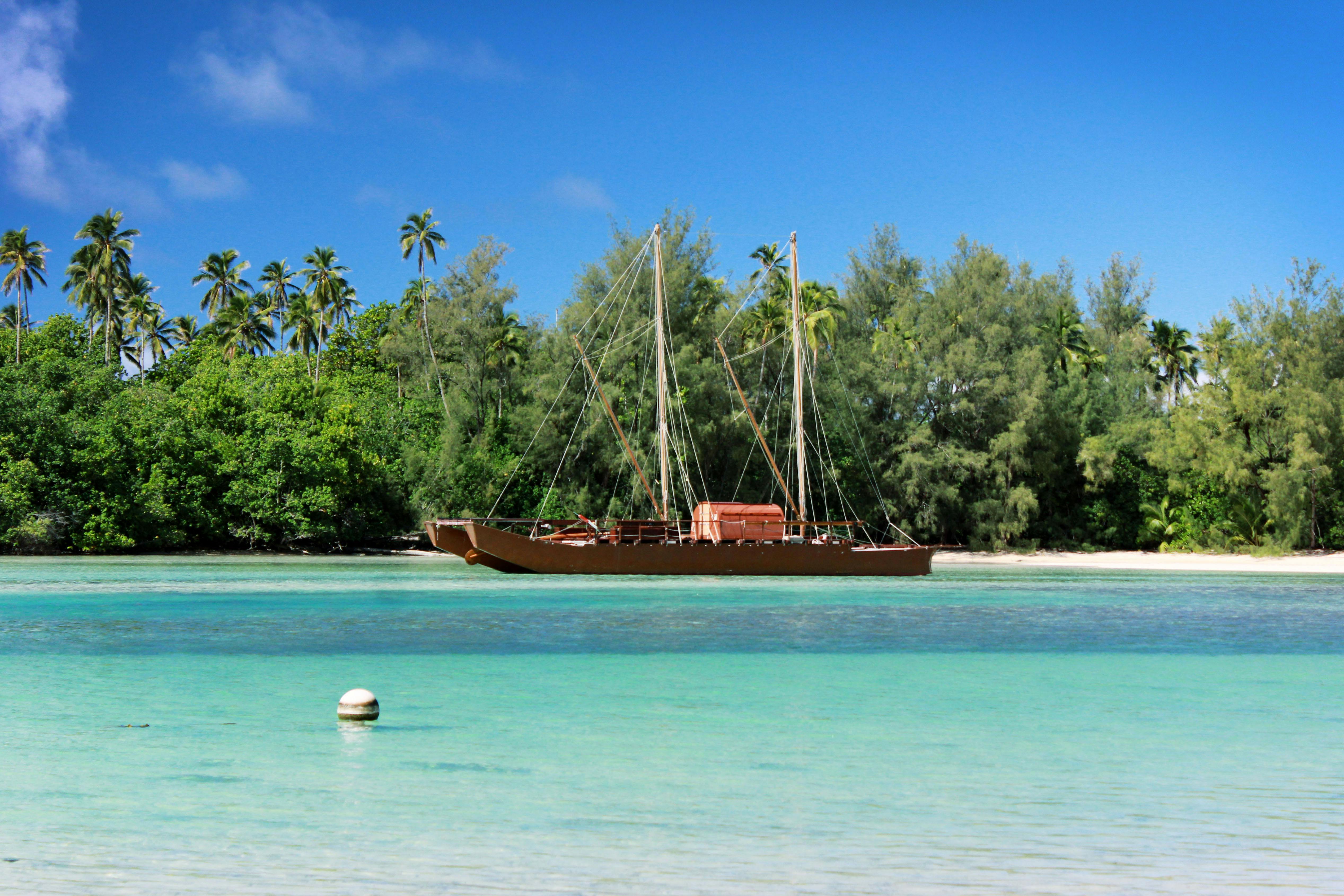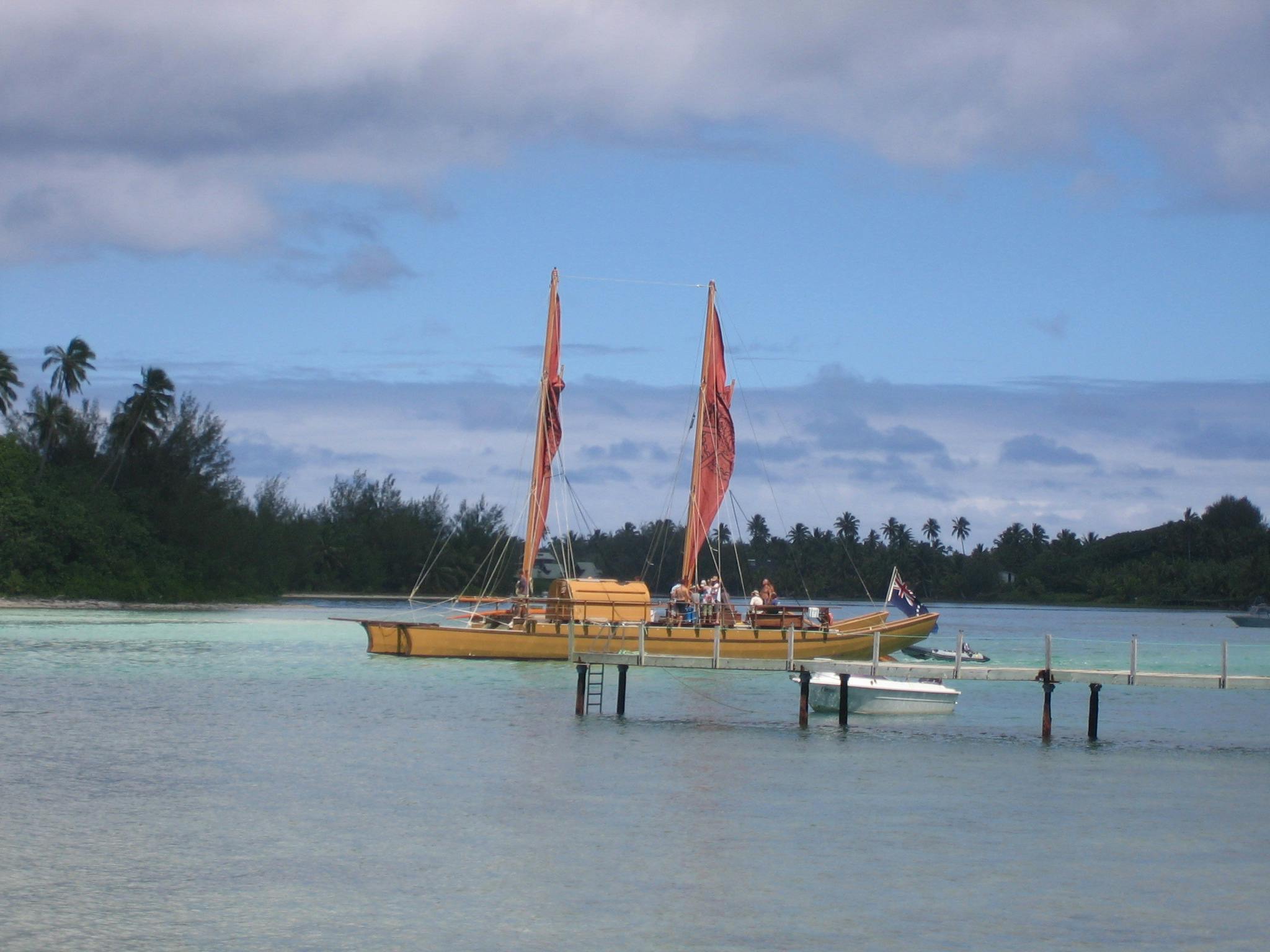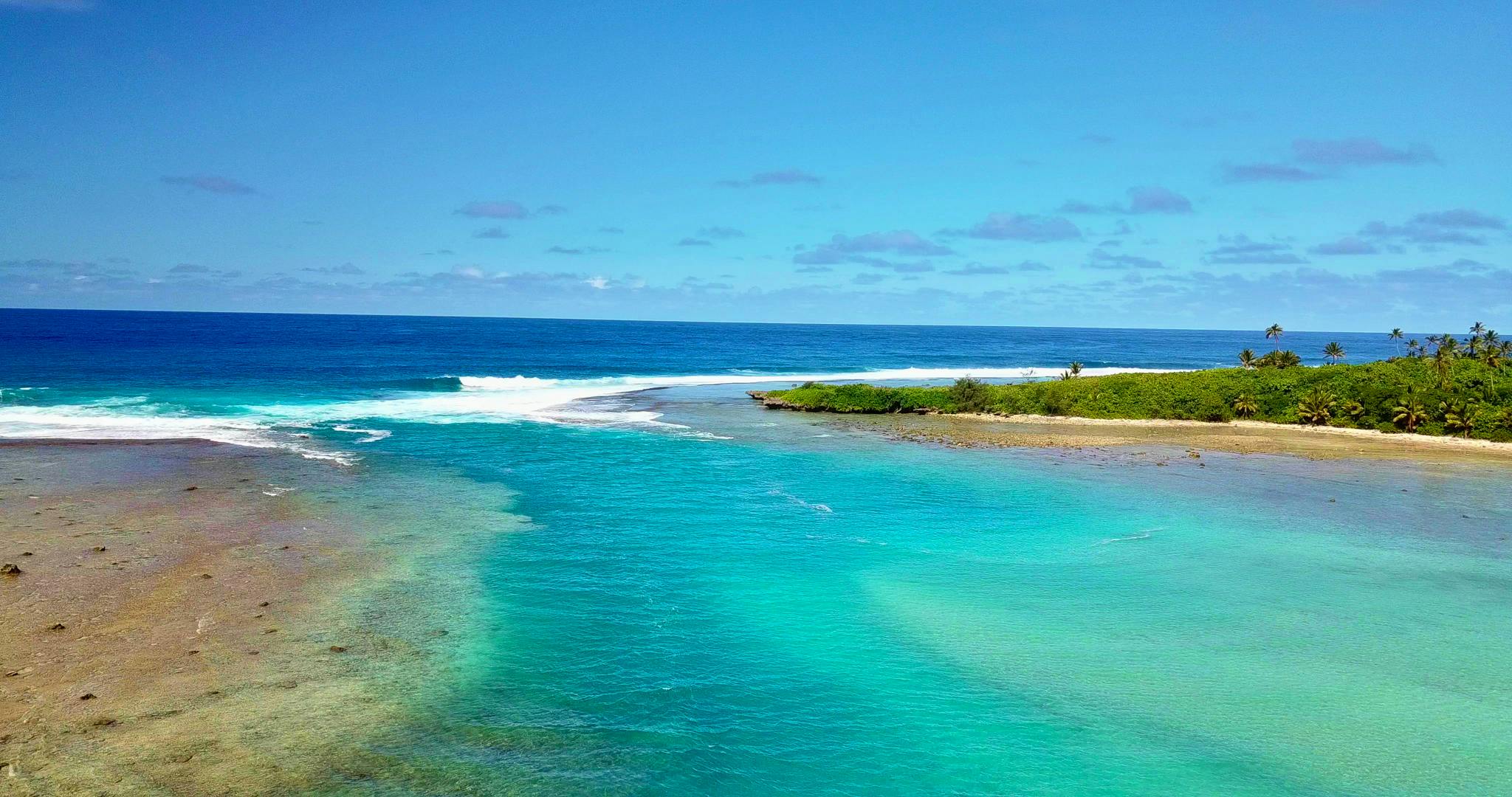Historical Site
A TRUELY HISTORICAL POLYNESIAN SITE...
Approximately 700BC, Polynesian voyaging canoes moving from the Western Pacific made their first Rarotonga landing at Avana Harbour. Local historians say these canoes arrived from Tahiti and Samoa.Many years later, perhaps 700 years ago, Avana harbour was the departure point for another great migration, this time to Aotearoa, or New Zealand.
The first European ship (the Cumberland) also made its first landing (in 1814) in this harbour. It subsequently became a regular stopover for whalers in the South Pacific.
Many tours stop at Avana to share the rich history of this 'ava' (opening in the reef). The great voyaging canoes are remembered there. Their names forever immortalised on the stone monument laid there by our people. Many that visit, especially those of New Zealand Maori heritage, experience a deep sense of connection to Avana. The names of these great canoes are still acknowledged by Maori in New Zealand Today.
Today Avana is the home to Marumaruatua, a traditional voyaging canoe that is operated by the Cook Islands Voyaging Society.
Discover more about the historical significance of Avana.
The Maori people of New Zealand ( Aotearoa ) are believed to have migrated from Eastern Polynesia, with the primary migration route thought to have been from the islands of the Cook Islands, particularly Rarotonga, and other islands in the central Pacific. One key departure point for this voyages was Avana Harbour on Rarotonga in the Cook Islands.
Historical tradition, oral histories, and Maori genealogies suggest that several canoes, or waka, made the journey from Rarotonga and other islands in the region to New Zealand. Some of the most famous canoes that are traditionally linked to this migration and may have departed from Rarotonga include:
1. Aotea Waka
- The Aotea is one of the most famous waka in Maori tradition. It is said to have been captained by the explorer and leader Turi, and it is associated with the Turi tribe, the Ngati Aotea people. The exact route and departure location are debated , but it is often linked to the region around Rarotonga or other islands in the central Pacific
2.Tainui Waka
- Another key waka in Maori tradition is the Tainui. The Tainui is said to have come from the area around the Cook Islands and crossed the vast Pacific Ocean to New Zealand. This canoe is associated with the Waikato region in the North Island of New Zealand.
3. Te Arawa Waka
- The Te Arawa canoe is traditionally belived to have originated from the central Pacific and made its way to New Zealand, though the details of its exact departure location remain a matter of tradition rather than historical certainty. Like the others, it is deeply tied to Maori oral histories.
4. Horouta Waka
- The Horouta is another important canoe in Maori traditions, especially for the tribes of the East Coast of New Zealand. Like the others, it is also connected to the broader Pacific migration narrative.
These canoes were part of a large-scale migration that took place over several centuries, beginning around 13th century and continuing into the 14th century. Maori oral tradition recounts these voyages as heroic journeys across the vast Pacific Ocean, with skilled navigators using the stars, winds, and currents to guide their way.






